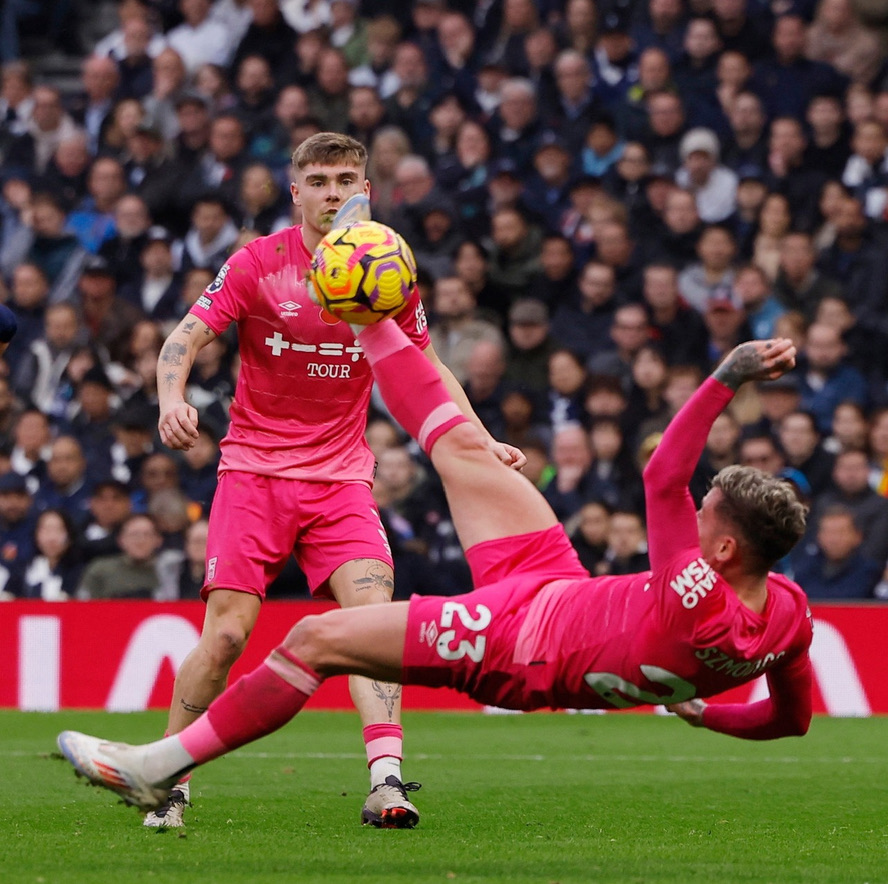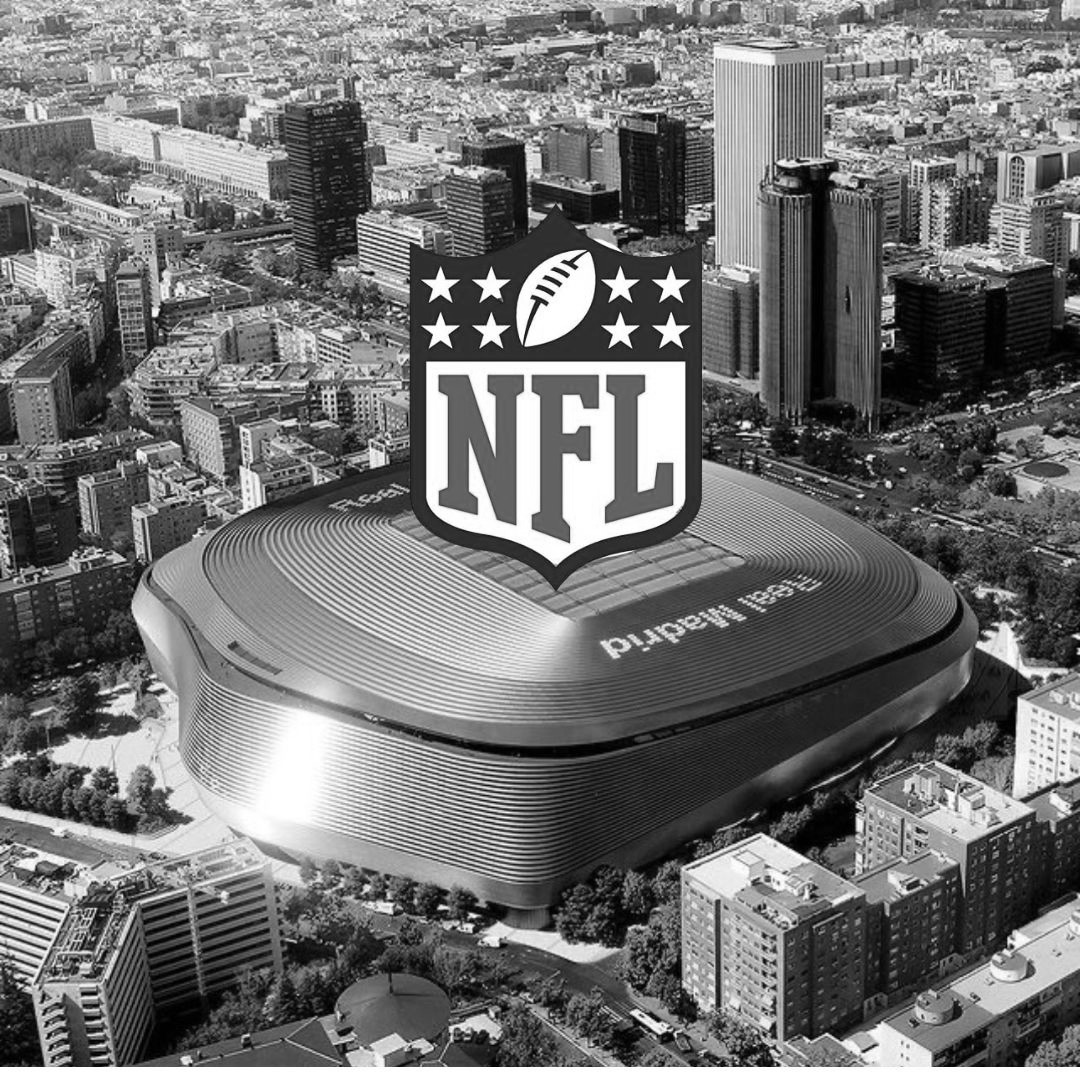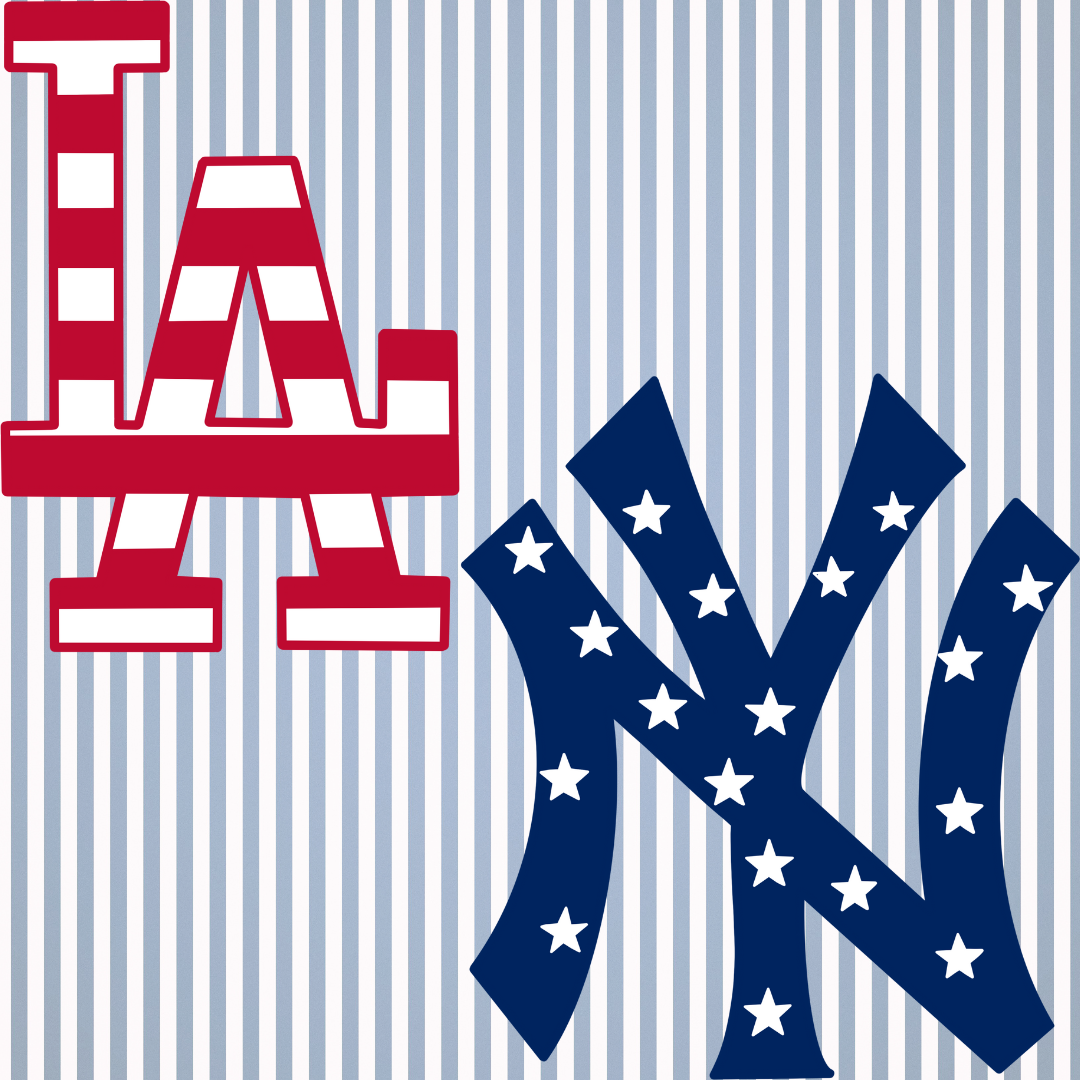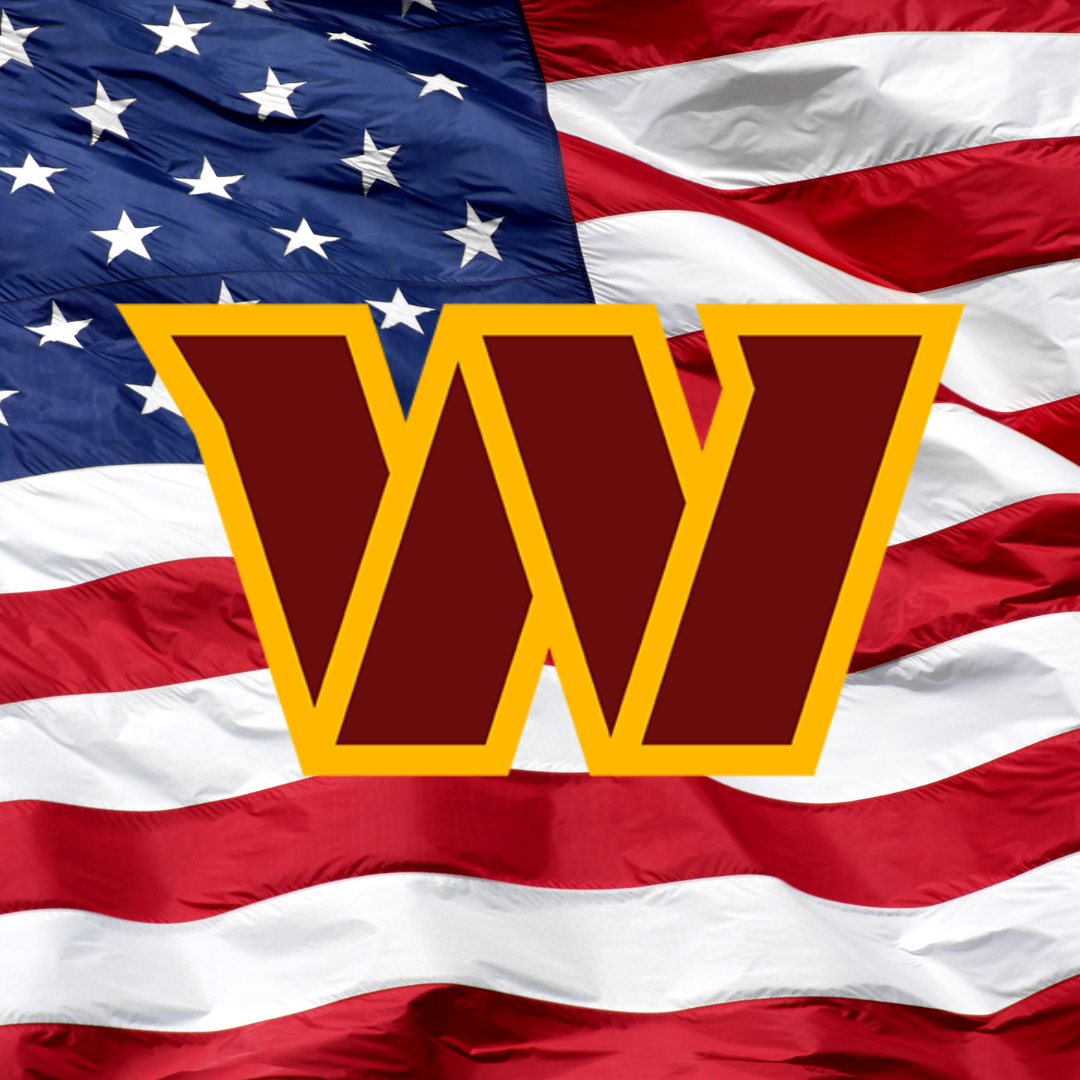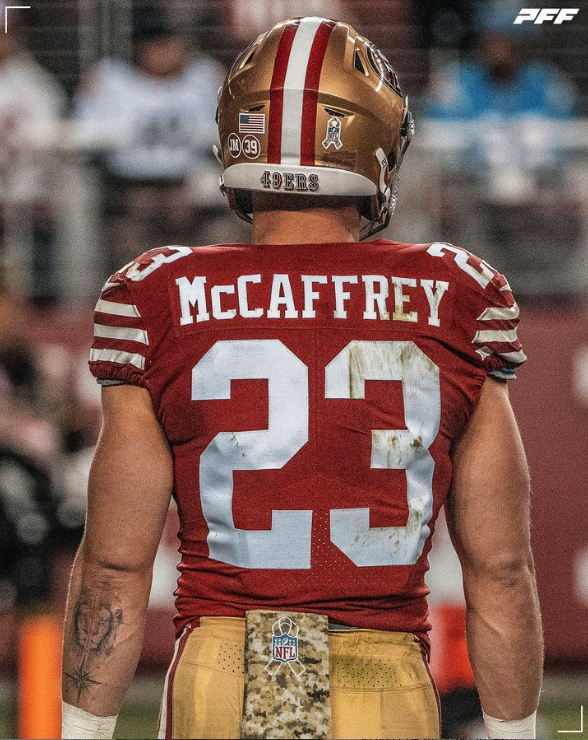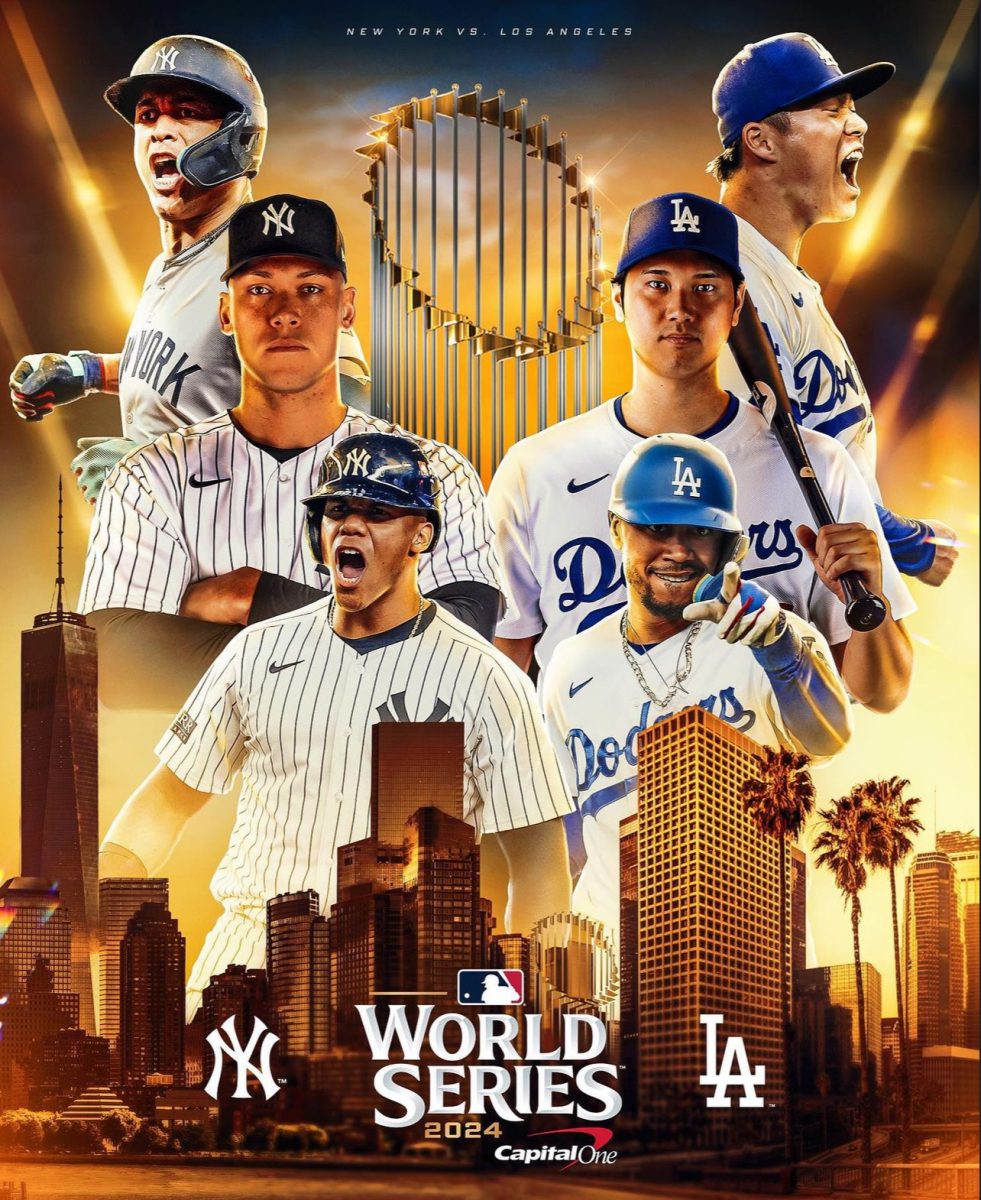The New York area has hosted many of America’s greatest sporting events, but the Super Bowl had never come to town. That changed on Sunday, as New York finally hosted our nation’s greatest spectacle. While the game itself was very forgettable, nearly everything else about the event was a success for New Jersey, New York and the NFL.
New York catered to visitors and residents alike with its interactive Super Bowl Boulevard in Times Square as well as various concerts and events around town. With an abundance of venues and corporate sponsors, there were many free concerts around town for contest winners, featuring artists such as J. Cole, the Foo Fighters and TLC. In Times Square, people could hold the Lombardi Trophy, ride toboggans or receive autographs. Finally, the Nets and Knicks hosted marquee basketball games on Friday and Saturday nights. Because of these attractions, New York proved its ability to entertain athletes and fans alike.
New Jersey did a mediocre job hosting the game, but its efforts were marred by horrendous transit problems. MetLife Stadium prohibited tailgating at the game, which discouraged fans from arriving early or leaving late. For this reason, and because of traffic concerns, 28,000 fans relied on New Jersey Transit trains to get to the game. These fans complained of waiting for over three hours just to board the trains for Secaucus, because trains did not even start leaving East Rutherford until the conclusion of the blowout. Some disgruntled fans claimed the service was even worse than the game itself. One positive for the fans: People who drove to the stadium experienced less traffic than expected. If only more people were able to drive.
Furthermore, in the state’s defense, both teams were satisfied with the hospitality offered in the Garden State and each squad stayed in Jersey City, N.J. The teams also practiced in New Jersey, so it served as the real base for them. Nevertheless, New Jersey will need to improve its mass transit if it wants to host another Super Bowl.
Despite the transit problems, the game was a success. This was largely due to the favorable weather with daytime highs exceeding 50 degrees. Roger Goodell could not have imagined such ideal conditions for football and the halftime show. The game concluded just seven hours before a massive snowstorm rolled into town.
It must be noted that if the storm had arrived 12 hours earlier, the Super Bowl could have been postponed to Monday, making the commute to the game even more of a nightmare. Luckily, we avoided that.
Regardless, the NFL was able to market its product to an extremely captivated audience and it was a milestone for New York. America’s greatest city can now say it hosted the nation’s largest sporting event.
— Dominic Kearns





































































































































































































